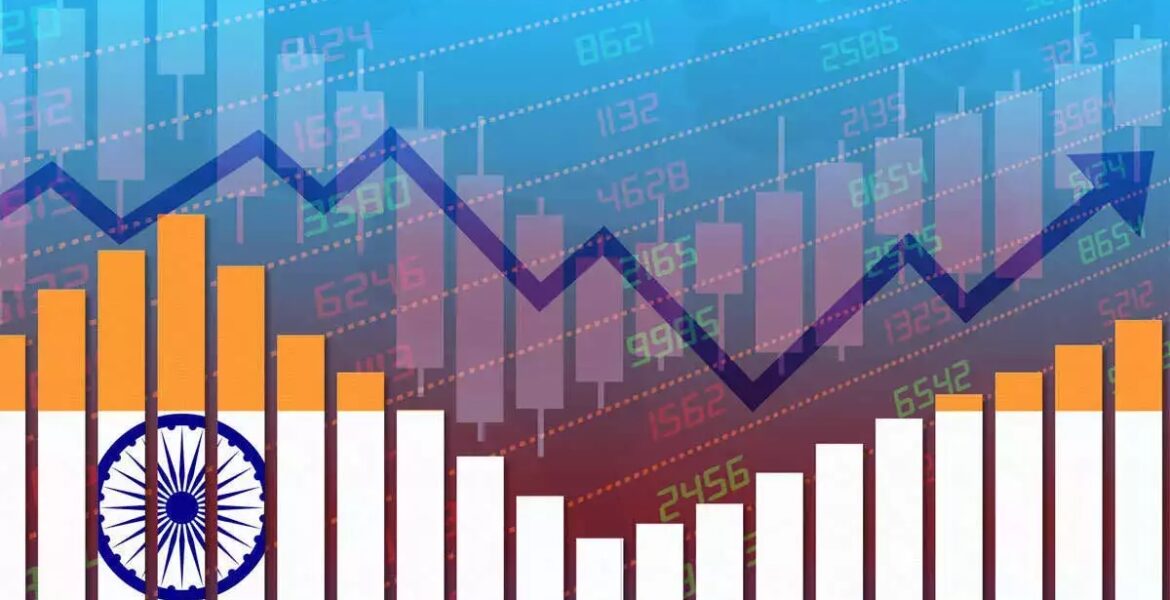A host of factors like a rising population, progress in innovation and technology, higher capital investments and rising labour productivity could potentially make India the world’s second largest economy by 2075, according to Goldman Sachs Research.
India’s GDP at current prices could be pegged at $52.5 trillion in 2075, it said, while forecasting the China’s economy, then to be the world’s largest, to have a size of $57 trillion. The US could be at the third lost, with a GDP of $51.5 trillion.
Indian economy overtook the UK’s to become the world’s fifth-largest last year behind Germany, Japan, China and the US, in nominal GDP terms, as per the IMF data. A decade ago, India’s GDP was the eleventh largest in the world. The IMF also sees India to be the fourth largest economy by 2027, as it is seen to not only continue the lead over the UK, but also surpass Germany by then.
The prediction is contingent on a certain increase in the country’s labour force participation rate, as projected by the agency, implying the need to make a much larger portion of the rising population suitably skilled and employable.
It may be noted that in a June report, the investment bank cited the fact that only 20% of all working-age women in India are in employment.
Santanu Sengupta, Goldman Sachs Research’s India economist, said: “Over the next two decades, the dependency ratio of India will be one of the lowest among regional economies.” Currently, India has one of the best ratios between its working-age population and its number of children and elderly. “So that really is the window for India to get it right in terms of setting up manufacturing capacity, continuing to grow services, continuing the growth of infrastructure,” Sengupta said.
An article posted on Goldman Sachs website cited Sengupta saying, “India has made more progress in innovation and technology than some may realise. Yes, the country has demographics on its side, but that’s not going to be the only driver of GDP. Innovation and increasing worker productivity are going to be important for the world’s fifth-biggest economy. In technical terms, that means greater output for each unit of labour and capital in India’s economy.”
He added: “Capital investment is also going to be a significant driver of growth going forward. Driven by favourable demographics, India’s savings rate is likely to increase with falling dependency ratios, rising incomes, and deeper financial sector development, which is likely to make the pool of capital available to drive further investment.”
“On this front, the government has done the heavy-lifting in the recent past. But given healthy balance sheets of private corporates and banks in India, we believe that the conditions are conducive for a private sector capex cycle.”
Stating that favourable demographics will add to the country’s potential growth over the forecast horizon, the challenge is productively using the labour force, by increasing the labour force participation rate. “That will mean creating the opportunities for this labour force to get absorbed and simultaneously training and upskilling the labour force.”


